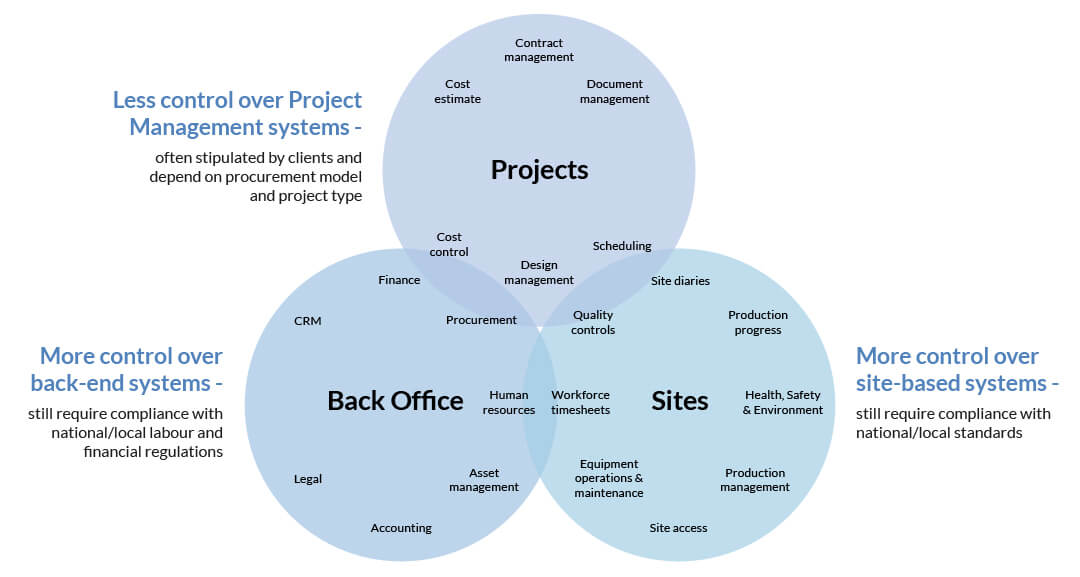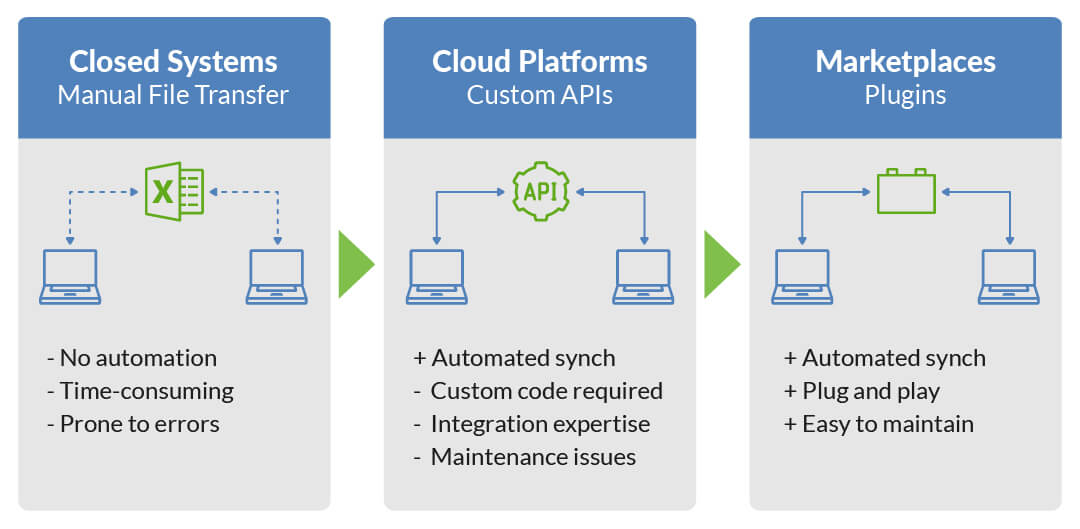Construction data management: Unlocking the power of data
The consulting firm McKinsey mapped the ecosystem of companies offering technology solutions within the construction industry. In 2018, they found 314 Building Information Modelling (BIM) software, 484 document management tools, and 205 project scheduling software. Six years later, these figures have grown considerably.
All these technology applications should be making our lives easier, but is it really the case? Hundreds of applications increase complexity, which goes against the construction industry’s lean and agile goals. This complexity introduces various challenges in construction, including data silos, integration issues, and the necessity for skilled personnel to effectively manage these technologies.
Is there a magic number for how many applications a company should adopt?
Construction companies are increasingly adopting hundreds of software applications that risk incurring significant technical debt.
Magic number for managing your construction tech stack
It’s worth taking a step back and looking at where this data comes from.
In the field, site management tools such as safety, quality, workforce management, asset management are generally within the control of the business. These systems need to comply with local construction standards.
The technology stack of a construction company cannot exist in isolation from its clients or the local regulatory requirements. Equally, no one software solution can manage all the functionalities of a construction business.
The rise of digital platforms
How do construction companies remain lean and agile and bring order with so many software solutions and disparate mobile apps? There are logical clusters that group the data and functionalities within the construction industry.
In the field, there are tech solutions for safety, quality, task management, scheduling, or timesheets. When isolated as point-to-point solutions, their utility is limited. Workers in the field must use several apps. Switching between them can be confusing and slow. Equally, the data is of limited value when it is not shared in real time.
That’s where digital platforms come in. They bring together multiple data sets, data formats, and applications into a single software environment. For example, companies offering construction project management software may add design tools to their suite of functionalities. Or vendors focused on project collaboration are extending their offerings to costing, scheduling, or procurement capabilities.
Digital platforms have a network effect, offering greater value to the user than the sum of their parts.
Reducing the number of applications and moving towards platforms make the construction technology stacks easier to manage. But not all platforms are made equal. When selecting a platform, a key consideration is its ability to easily connect data.
Avoiding the silo trap – connecting data
Historically, top construction companies have used closed systems, in-house developments, and on-premise servers to manage projects. The transfer of accurate data was tedious and manual, using spreadsheets, manual data entry, and re-entry.
The ability to connect data quickly and efficiently is a relatively new phenomenon in the industry. The primary enabler is the emergence of cloud-based platforms combined with Application Programming Interface (APIs). With APIs, you can manage data from different systems to be exchanged automatically. APIs are already being used by many top tier construction companies to reduce costs and improve efficiency.
Simplifying data exchange with plugins and marketplaces
Connecting data with APIs is hard. It needs coding skills and a good grasp of how both software work. It also requires maintenance and constant updates. To solve this issue, tech vendors have started to build plug and play integrations. They are fully automated and require no maintenance or coding to integrate with systems.
Plugins make it easier for construction data to move between systems. For instance, with automated plugins, check in procedures can easily integrate thermal imaging and biometrics technology. Construction data management software can also enable data collection and easy integration with field data.
Opportunities are limitless. In order to easily find the right plugins, digital marketplaces have emerged. These cloud-based digital hubs enable tech vendors and developers to share their plugins. Plugins are a game changer for construction data integration.
The rise of cloud platforms and automated plugins will dramatically increase data exchange and availability of data for analysis.
Unlocking the power of data
Connected data sets streamline operations, transform project performance, and ultimately help companies complete projects on time.
Recognising the role data plays in making smarter and faster decisions is not new. Many top-tier construction companies already employ data scientists to analyse data and create actionable insights. These companies use data analytics software to detect risks, reduce costs, reduce waste, improve forecasting, and gain greater visibility on operations.
But when it takes a PhD holder to interpret data, the time it takes to create the report limits the value of this data. That’s where data democratisation comes in: putting data in the hands of people who need it, when they need it.
Data Democratisation involves capturing and integrating data between disparate systems to gain insight. Removing bottlenecks and silos unlocks data and reduces data friction which translates into faster decision-making.
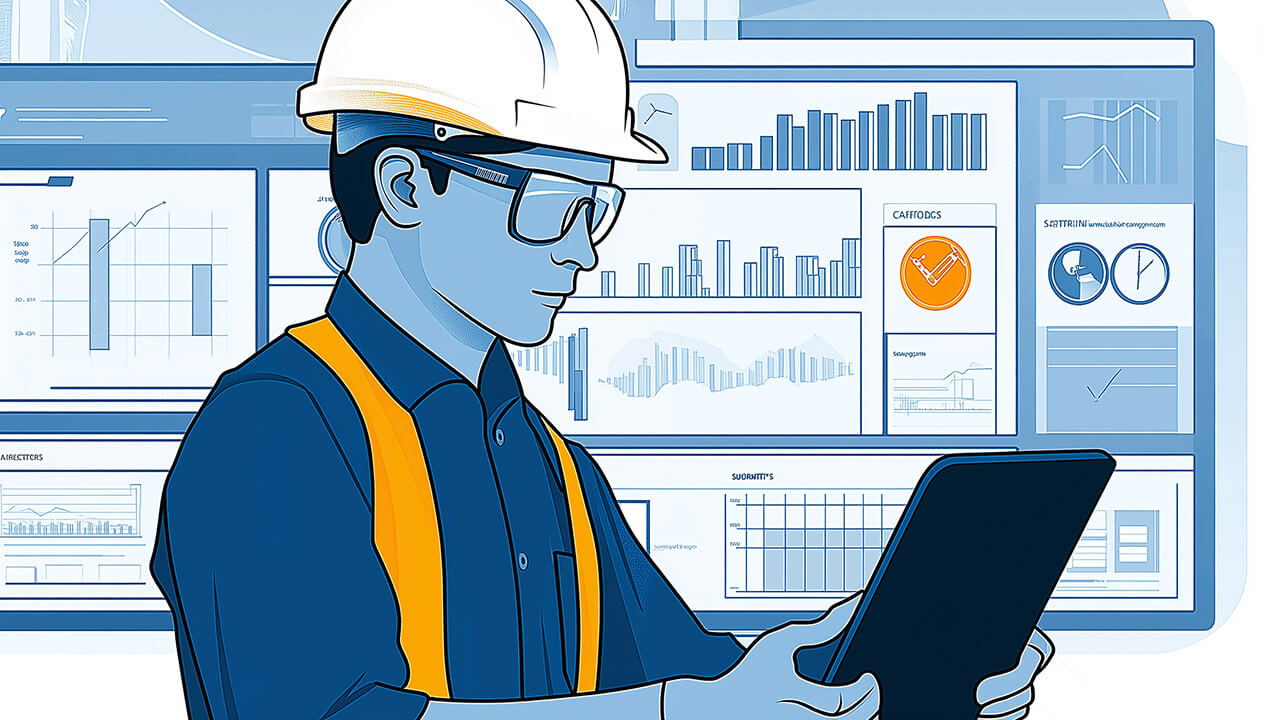
Construction data revolution will come only when data is available to the right people at the right time.
Key points to keep in mind for proper data management
Connected software platforms can accelerate your digital transformation. They make it easier to aggregate data and to unlock the power of data.
As construction businesses undergo digital transformation at varying intensities, there are four key points to keep in mind:
- Reduce the number of applications to avoid software entropy and maintain order
- Select a few platforms to make the technology stack easier to manage
- Select cloud-based solutions, offering a wide range of options to exchange data
- Select platforms with powerful analytics capabilities, to get data-driven insights.
1 Jose Luis Blanco, Andrew Mullin, Kaustubh Pandya, Matthew Parsons, and Maria João Ribeirinho. 5 September 2018. Seizing opportunity in today’s construction technology ecosystem.

Denis Branthonne is the Novade CEO. He has 25 years of experience in construction technology. He has witnessed the adoption of digital technology in thousands of sites across the word. He is also involved in defining the digital strategy of the top companies in the industry.
Novade is leading field management software, specialised in safety compliance, quality assurance and project tracking. The Novade digital platform is used on more than 10000 sites across the word. Novade is at the forefront of data management systems and AI models for the construction industry.
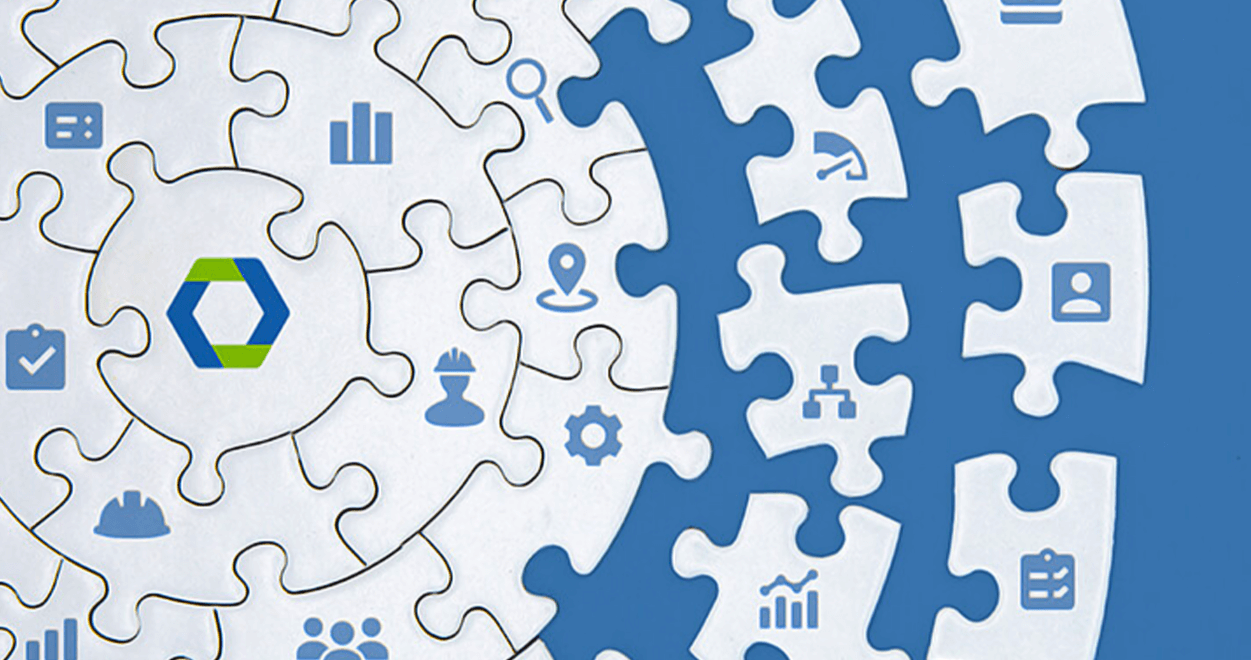

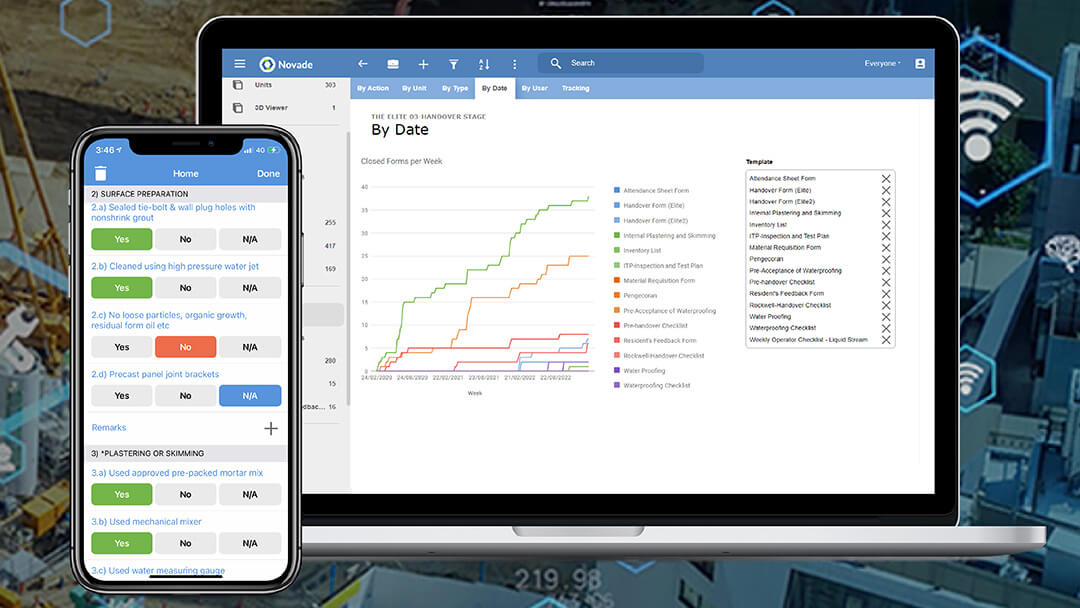
One-stop shop construction management software



